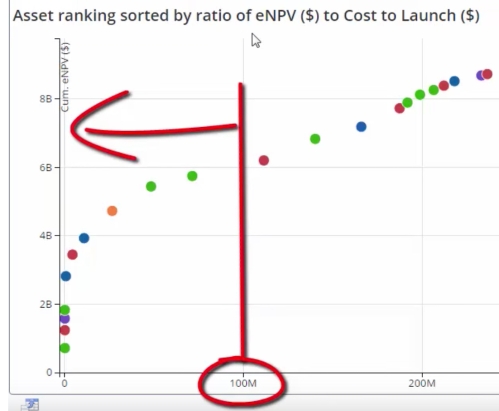
Around 10 years ago, companies started ramping up Program Management Offices (PMOs) in an effort to drive greater efficiency through their Innovation Portfolios. The primary goal was to deliver strategic objectives faster. Speed – so it was thought – was the key to competitive advantage.
Did it work? Let’s break it down.
The PMO Mission
PMO’s are chartered to bridge the gap between product strategy and execution – ensuring that programs are aligned to business goals and deliver expected enterprise value on time and within budget. To do this, PMOs adopted governance frameworks based on a hierarchy of Portfolio, Program and Projects.
- PORTFOLIOS – the collection of programs that optimize the delivery of strategic enterprise objectives.
- PROGRAMS – groupings of projects designed to deliver specific business features.
- PROJECTS – activities that deliver a defined business or technical capability based on an agreed upon schedule and budget.
What’s working well – Project Management
And during the past decade, PMO efficiency gains have been at the PROJECT level where adoption of iterative execution methodologies – the most popular being Scrum – coupled with outsourcing has reduced cost and increased the speed of innovation delivery. This project-level focus was understandable as projects are the source of the greatest expense. Agile development coupled with the use of offshore resources has increased the velocity of innovation.
So does this mean that project portfolio management has been successful? Not yet.
 What’s not – Portfolio Management
What’s not – Portfolio Management
While PMOs are delivering capabilities more efficiently due to better project management, less has been done to ensure that the programs within the innovation portfolio are optimal.
Steve Jobs described innovation as: “You have to pick carefully. I’m actually as proud of the things we haven’t done as the things I have done. Innovation is saying no to 1,000 things.”
Prioritizing the right development initiatives is the focus of project portfolio management. And prioritization is sorting by desirability… making sure that teams work on first things first.
The most common approach to prioritization is ranking programs against a value metric of expected financial return. This is done by plotting the expected return of a project against the cost to deliver to create a frontier graph as a way to visualize the best ‘bang for the buck.’
In this example, I’ve graphed a single value criteria (NPV) against the cost to deploy each project. Those projects plotted to the left add significantly more value with less cost with successive projects adding less return to the portfolio at higher cost.

Project prioritization based on a single value criteria is seductively easy. In fact, it’s too easy.
‘Ranking and Yanking’ projects just won’t build a balanced portfolio, one that meets a set of competing objectives. Despite the fact that firms often simply chase those programs with the highest expected returns, PMO’s need to balance a larger set of objectives such as when revenues will start to be realized… when they will peak… team resource utilization… market considerations… existing product cannibalization… and a whole bunch of risk factors.
“There is nothing worse than doing well that which should not be done at all” – Peter Drucker
Project portfolio management is about correlating projects based on more than a single objective. The idea is to create a portfolio that meets the best mix of objectives versus a portfolio based on a single value criteria.
Prioritizing programs simply based on the highest expected return might seem like the most rational approach – but it rarely is.
Kevin Griggs is a technology program manager who helps organizations establish program management offices and manages complex programs across a variety of industry verticals. Kevin can be reached at kevin@kevingriggs.net.

